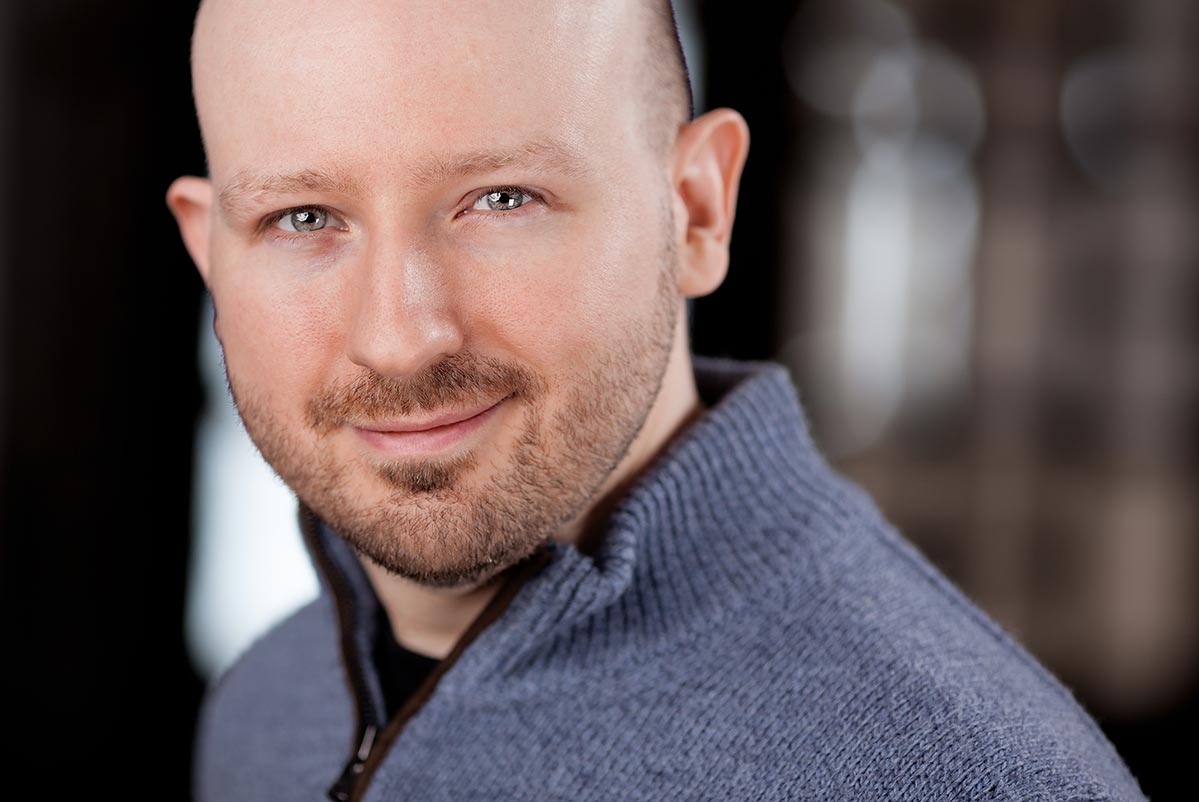Transcript
Hi, I’m Brian Robertson, founder of Holacracy.
Holacracy is a decentralized management framework for running a company without a top-down centralized hierarchy of managers and subordinates commanding the action, but still allowing an organization to break down work, create clear structure, create clear expectations, boundaries, controls, and get alignment.
And I often get asked about DAOs. I’ve been an investor in the crypto space and a crypto advocate since 2013, and I’ve watched the emergence of this idea of the decentralized autonomous organization. And there’s certainly similarities to the work I do, in that it’s trying to be a decentralized control structure.
But I think there’s some interesting limits to what DAOs can do without something like Holacracy integrated in. And vice versa, actually, there’s limits to what a traditional organization form can do without something like a DAO, even if it is running with Holacracy.
So, the challenge, the limits I see with DAOs are, you’re trying to automate everything, and some things aren’t ideal for that. Some things need human sense-making, human judgment. Some things aren’t best left to an entirely automated process. And some things aren’t best left to a vote of the membership interests. Those are kind of the two mechanisms you have in a typical DAO: it’s either completely automated programmatically, some process, or, you have some vote of the membership interests.
What Holacracy is good at is harnessing human consciousness, human wisdom, to come up with a governance structure to best express a purpose.
And the trouble is, democracy is often a really poor way of making a lot of decisions, especially among a large group that don’t necessarily have deep context. But if the alternative is just, you know, centralized hierarchy, we’re missing something. So, you know, DAOs work well when the use case is fairly simple here, but they don’t work as well when you get more complex organizations to manage that don’t lend themselves well to either programmatic processes or majority vote or some other voting rule or mechanism.
So what Holacracy is good at is harnessing human consciousness, human wisdom, to come up with a governance structure to best express a purpose. So it’s a purpose-driven structure, and there are controls in the processes that make sure the governance stays kind of aligned with that purpose, but do allow human judgment and wisdom.
So where I’m really excited right now is the integration of the two. You can have an organization that is governed with Holacracy and still allows that human wisdom, where Holacracy excels at breaking down, what are the roles involved to reach the purpose, and what role has what decision-making rights and limits and responsibilities to go with it. Who controls what, in other words, but as a role-based structure, regardless of the people — it’s not about the people, it’s about the roles.
And then Holacracy does a great job of giving a governance process where somebody can take a tension about the structure, when our structure of expectations and limits and controls and all that isn’t working for the purpose, there’s a process where they can bring that tension and evolve the structure itself. And this is a distributed process, so every team in a Holacracy-powered organization has this governance process at play.
And where I see the integration of the two is, you can have a Holacracy-powered organization — for example, we’re moving towards this for my organization, which has a licensing program. We license the Holacracy brand and a lot of materials to a network of licensees to go take it to their local markets. And yet we want to govern this program, not as just us, a single company, autocratically; we want to integrate our licensees into the governance. So we’re in the process of moving our ownership and control of the things we’re licensing into a foundation. And the foundation will have staff, it’ll have work to do, right, of course. And it’s going to have a governance structure. It’s going to be run with Holacracy.
But we’re also minting a new token, and that token will be distributed among our licensees. This is now where we’re integrating components of a DAO. And certain decisions will require a ratification of a majority or some other mechanism of the token holders, because there are some decisions where that’s a great process. For example, if we want to change one of the quality standards required of our licensees, that might require a ratification of a broader group.
And other things won’t require that, they’ll require roles within the organization to have the right authority, and to lead. Sometimes leadership is not best done with a group, it’s best done by giving one person authority within boundaries, and letting that person go lead for the purpose of their role and the organization. So Holacracy does that well.
The DAO comes in where you do need ratification among a larger group, and we can take it further. We can have certain roles appointed by ratification of the token holders. So there might be certain key roles where we are delegating power to one, or a group of people, but the delegation of that power itself, or the selection of the person for the role that has the power, may need ratification among the broader token holders.
Holacracy’s governance process is pretty powerful, but it’s also intimate. It’s a small group doing this work together of crafting a solution to a complex problem… it doesn’t lend itself to just publish a solution and get it ratified by all token holders.
And yet one step further still, we’re looking at it where if somebody in our broader ecosystem has a tension with the foundation, its rules, its governance, its processes, any of that, somebody holding a token can say, “Hey, I have a tension and I don’t necessarily know what the solution is because it may need to get integrated among the people doing the work of the foundation. But I have a tension I want to address.” If you get enough other token holders putting their weight, through a vote, behind that tension, then we can send the person who has nominated themselves into the governance process of Holacracy. So you’re using the broader token holders instead of to define a solution, to ratify a tension, and a person to represent the tension in a more nuanced governance process than is possible with a mass vote.
Holacracy’s governance process is pretty powerful, but it’s also intimate. It’s a small group doing this work together of crafting a solution to a complex problem. And there are rules for that. There’s a defined process, there’s a facilitator for it, but it doesn’t lend itself to just publish a solution and get it ratified by all token holders.
So in this case, we can take the tension, not the solution. And sometimes a question or a problem statement, a tension, is more powerful to start with anyway than a specific solution. Because even if your specific solution turns out to have problems, the tension might still be a valid one to try to solve.
So, we have a structure here in this DAO-Holacracy hybrid, where the token holders can ratify a tension and a representative to go into the Holacracy-powered governance structure in the organization and solve that tension. And then when that’s done, they’re out and they’re gone, and the foundation continues running through its governance from there. And of course, then you can have broader tension holders — or sorry, token holders, appointing board members and things like that.
This, I think, will work for any number of organizations that want the benefits of both a decentralized community governance or management, and, at the same time, the benefits of a centralized one.
So there’s a lot of ways you can kind of merge these processes. And what you end up with at the end is this interesting hybrid where some things are running with, I’ll say more “traditional” Holacracy, which is still not a top-down management hierarchy, but it is a decentralized authority structure that still allows humans to lead individual roles within clear bounds, all using human judgment in a human system. And you can have a tokenized, DAO-based structure where certain decisions are made programmatically, or certain processes can be entirely automated, just like a traditional DAO. Certain decisions can require ratifications or votes of token holders. And then you have this interesting hybrid where they can send in tensions.
So that’s kind of what we’re working towards. There’s a little more to it, but that’s the high level. And this model is not in any way unique to what we’re building; this, I think, will work for any number of organizations that want the benefits of both a decentralized community governance or management, and, at the same time, the benefits of a centralized one. Because there are benefits to an organization being able to act as a single organization and divide authority to single actors within that system to lead within the context of a fiduciary obligation to the overall organization. And that’s what Holacracy does really well, so I think the hybrid of these two is probably more powerful than either one alone.
To learn more about self-management, join a community of pioneers and check out our e-learning suite → Self-Management Accelerator


